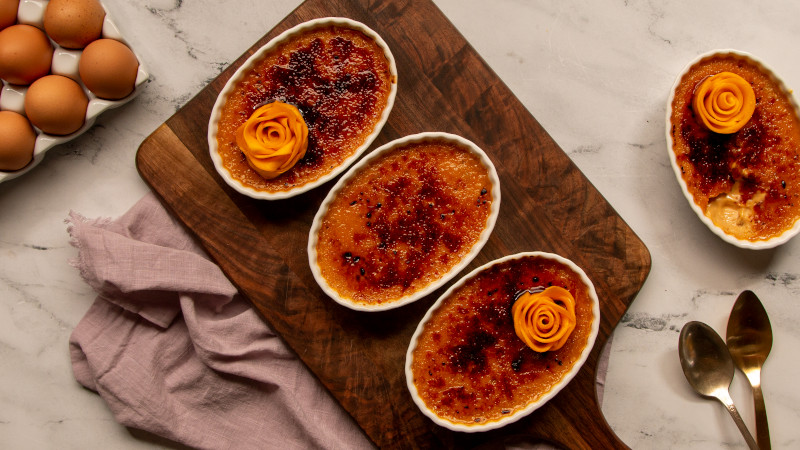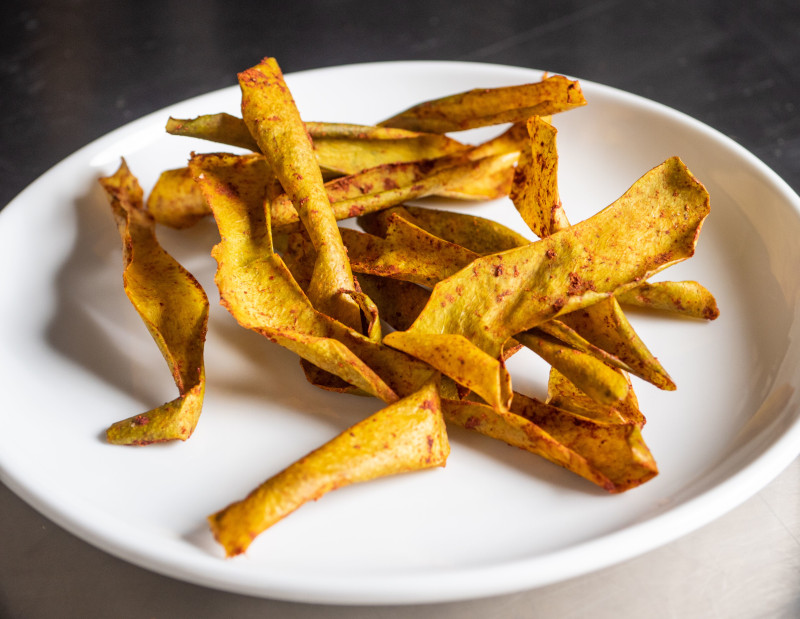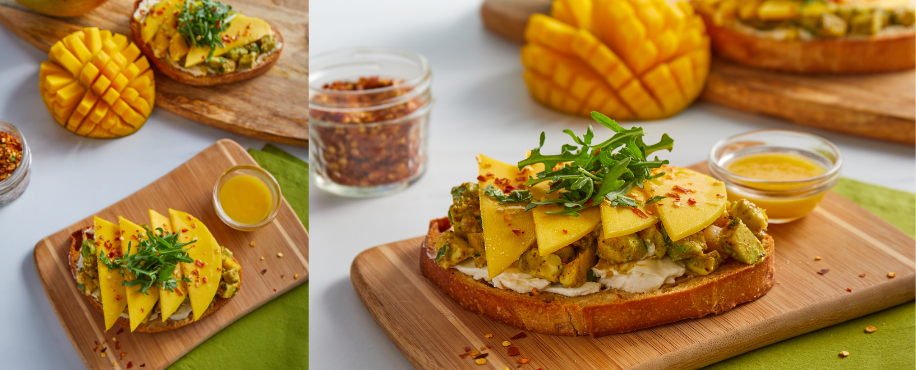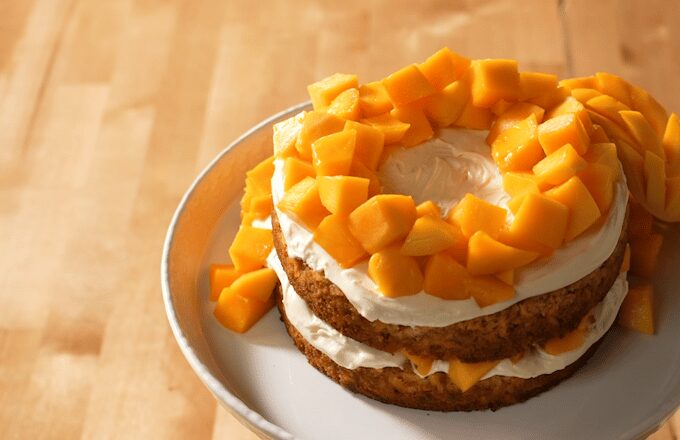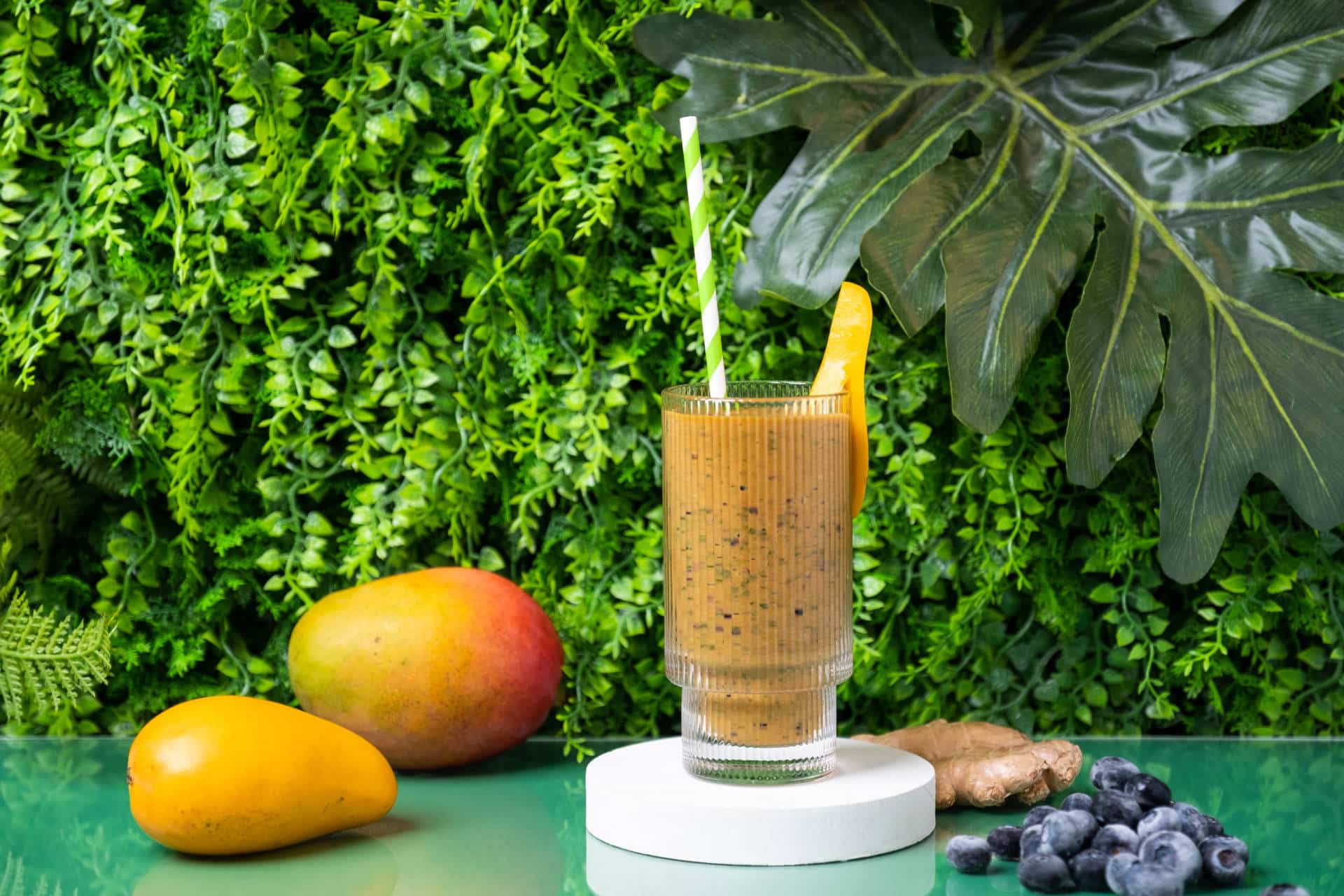& Availability
Throughout the year, you’ll most likely find at least one of the six mango varieties described below. Each type of mango has a unique flavor and texture, so try different varieties at different stages of ripeness and at different times of the year. You’ll be glad you did.
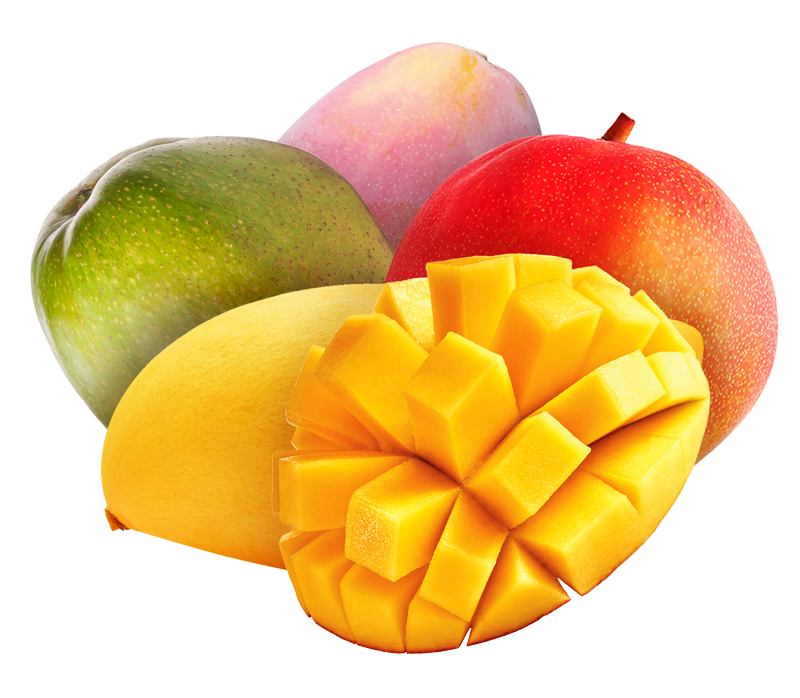


LINEUP
There are so many mangos to enjoy. But which is which? Below is your go-to guide for some of the most popular varieties on the market.
Tommy Atkins
This mango offers small, subtle hints of tropical fruit and citrus aroma. The flavor is more tart than sweet, and fibers throughout the flesh add an exciting texture to each bite.

Kent
This mango is juicy, sweet and boasts an enticing tropical aroma. Its gorgeous dark green skin protects bright yellow flesh, making it the perfect colorful addition to any plate.
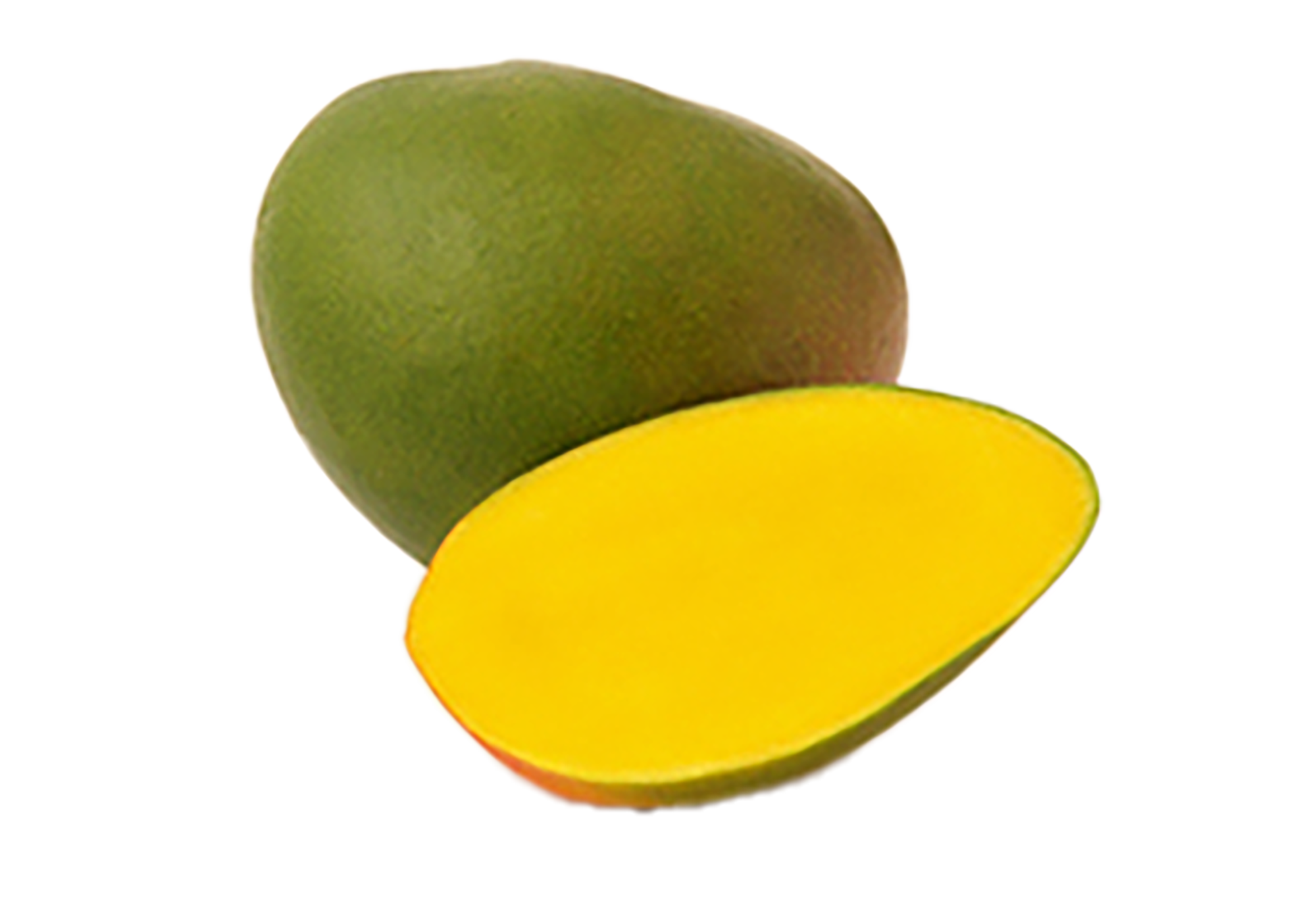
Honey (Ataulfo)
Like the name suggests, this particular mango is a brilliant vibrant yellow, offering a tropical, peachy aroma and a sweet and sour flavor experience.
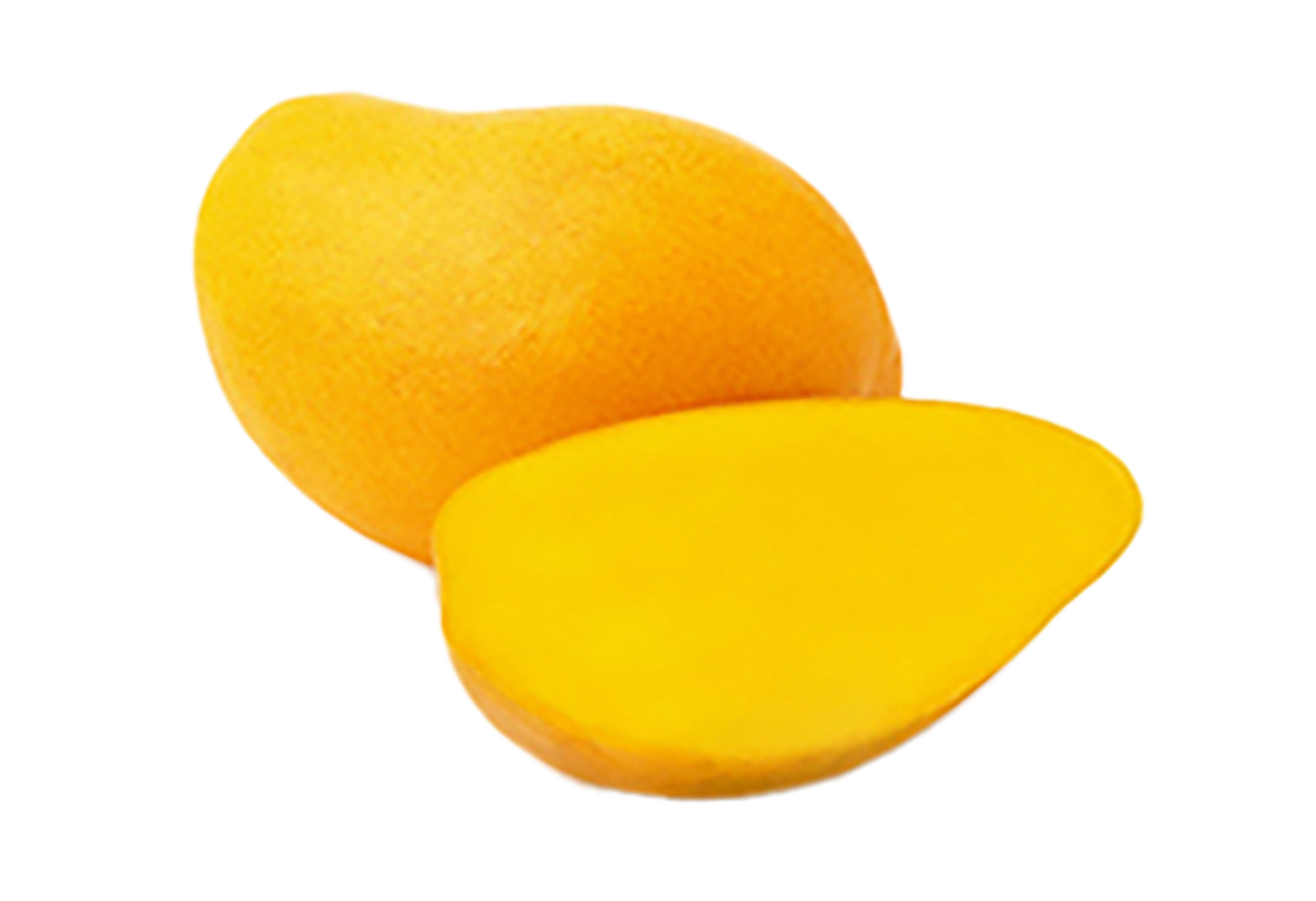
Keitt
These green blushing beauties are as sweet as can be! Each bite is firm, juicy and better than the last.
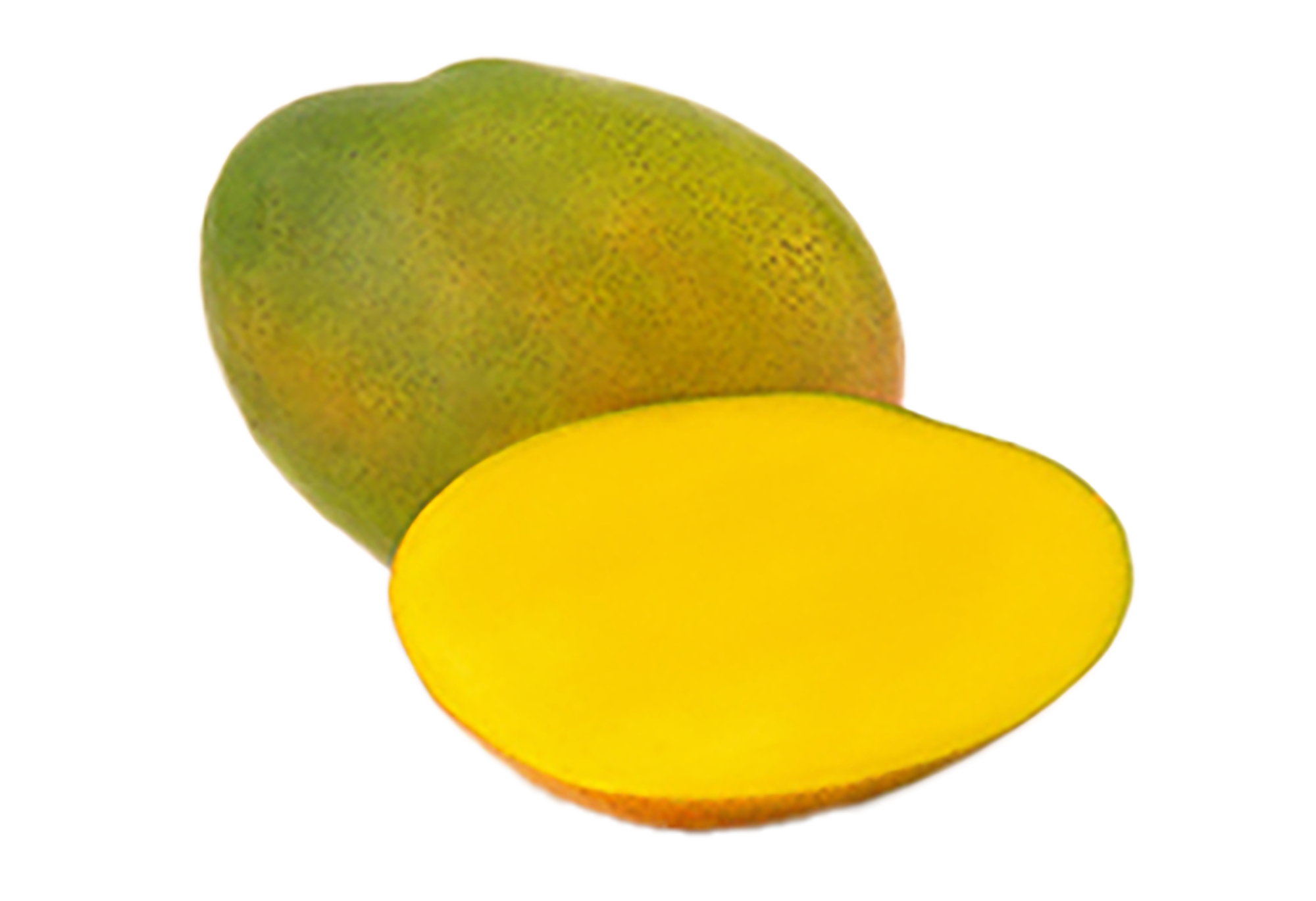
Haden
This vibrant canvas of bright red, green and yellow opens to reveal a tantalizing mix of sweet, sour and just a hint of bitter tropical bliss.
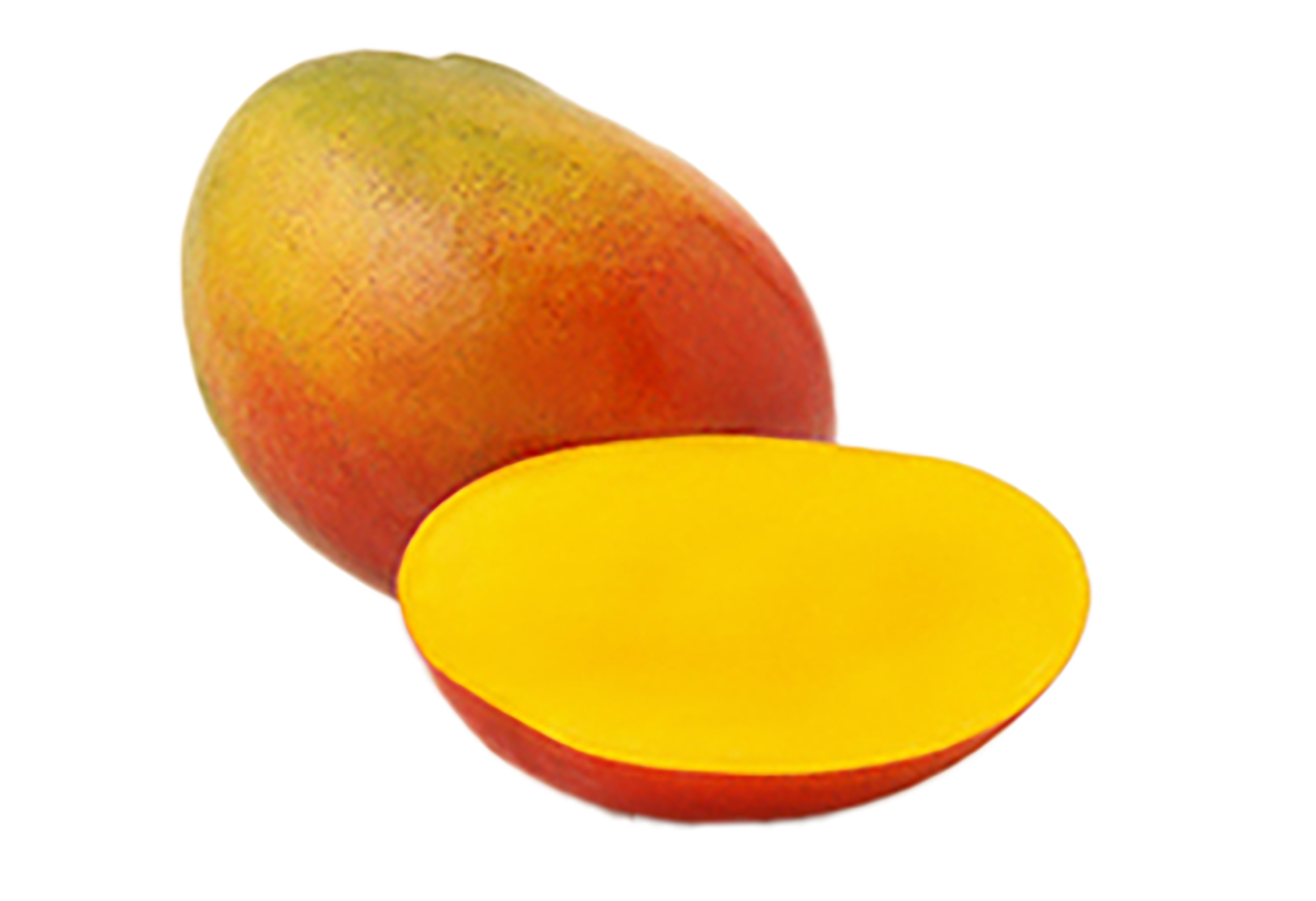
Mingolo
Dominican Republic. Mingolo mangos are medium size mangos with green skin that ripens to a yellow color. They are very sweet with a medium sized seed.
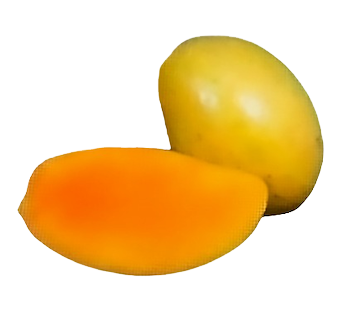
Francis
Carrying a dreamy aroma of peaches, Francis mangos offer a sweet, fruity explosion of flavor with every bite.
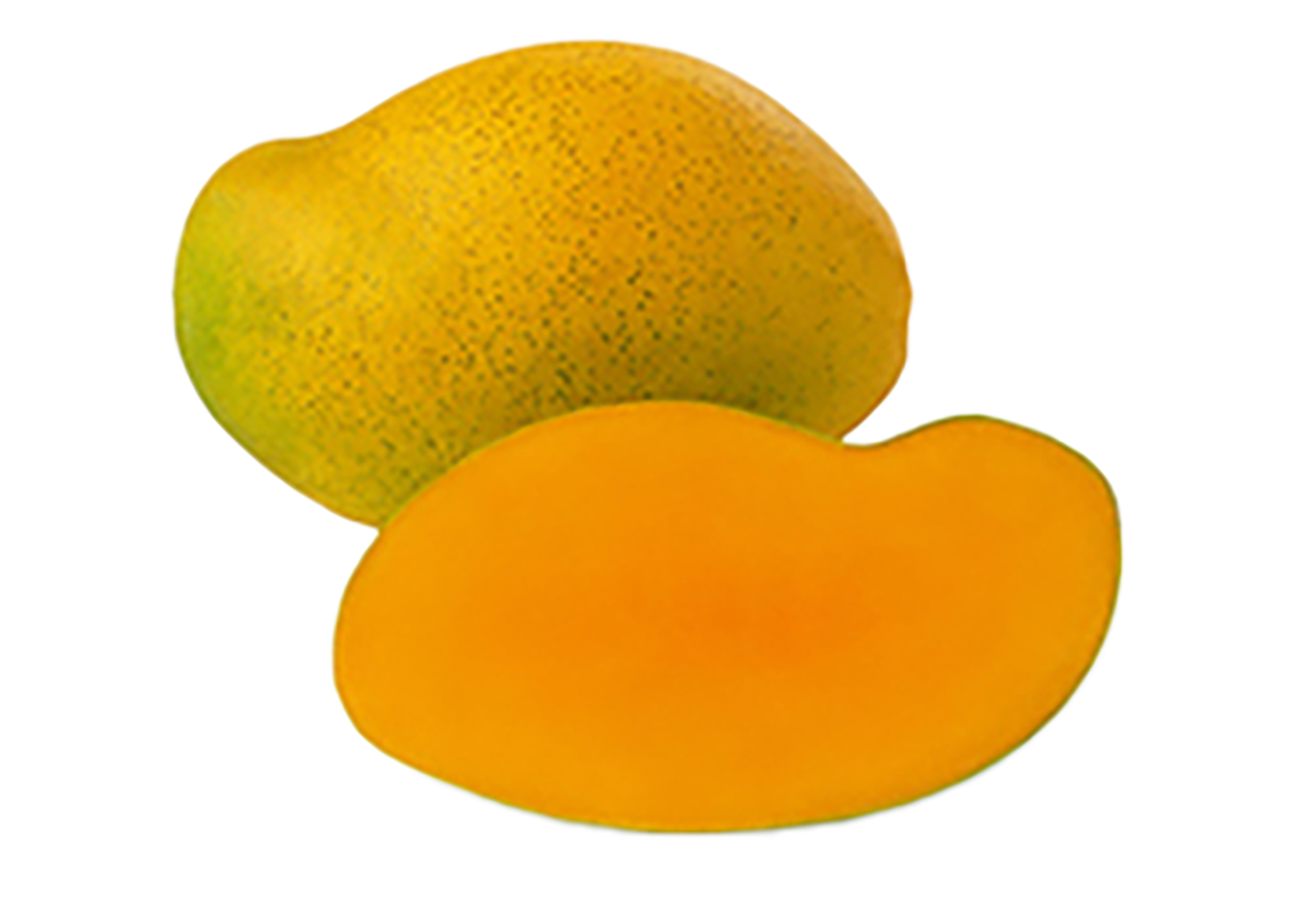
Varieties of mangos
Although the six varieties mentioned above represent the most commonly available mango varieties in the US market, there are others that you can find as well. With hundreds of varieties, the possibilities are endless!
This Indian variety is a mild tasting mango with firm flesh that can range in skin color from purple to yellow, and is oblong in shape.
This fiber-free sweet and tangy flavored mango can range in color from pink to yellow, and is round or oblong in shape.
This Indian variety is a fiber-free sweet mango that can vary in color from green to yellow with a round shape.
This fiber-free sweet mango can range in color from orange to yellow to pink, and has a narrow shape
This mild flavored, firm flesh mango ranges from purple to red to yellow, and is oblong in shape.
Your mango
Learn the basics of selecting a perfect mango, how to cut it, get delicious recipes and learn about the mango varieties you can find in stores.
Chef-inspired.
Fan-favorite recipes that are simple and full of incredible flavor. Mango ideas for every occasion, from weekday breakfast to holiday treats.
